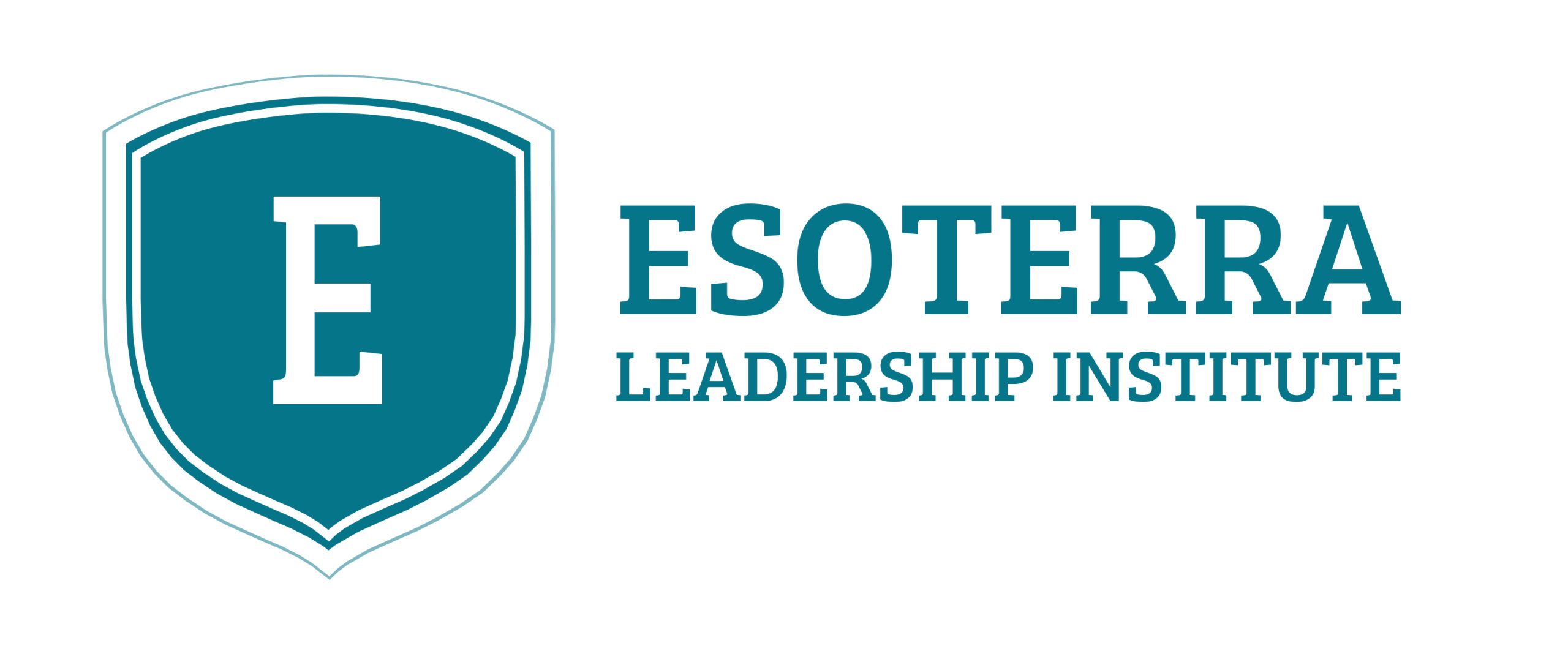Global Human Resources Management (GHRM) has traditionally examined how international organisations manage their human resources across these different national contexts.
Early research in the field of GHRM reflected that in the broader field of international management, and focused on the role of MNCs and MNEs. Research has since focused on understanding those HRM functions that had to change when firms went international. Finding and nurturing the people able to implement international strategy was seen as critical for such firms, and considerable attention was given to the management of expatriates.
Organisations that address GHRM therefore have to deal not just with a variety of practices but also with a range of policy and even strategy issues. Global HRM explores how MNEs manage the demands of ensuring that the organisation has international coherence in and a cost-effective approach to the way it manages its people in all the countries it covers, while at the same time ensuring that it is responsive to the differences in assumptions and in what works from one location to another. This includes, in particular, the management of those people who have to work internationally.
Global HRM has the same main dimensions as HRM in a national context, but is understood to operate on a larger scale, with more complex strategic considerations, and more complex coordination and control demands. Global HRM research has also identified the important contingencies that influenced the HRM function as it became more internationalised, such as the country that the MNC operated in, the size and life-cycle stage of the firm, and the type of employee (parent-company national, home-country national and third-country national). Global HRM, then, is focused on how different organisations manage their people across national borders.
